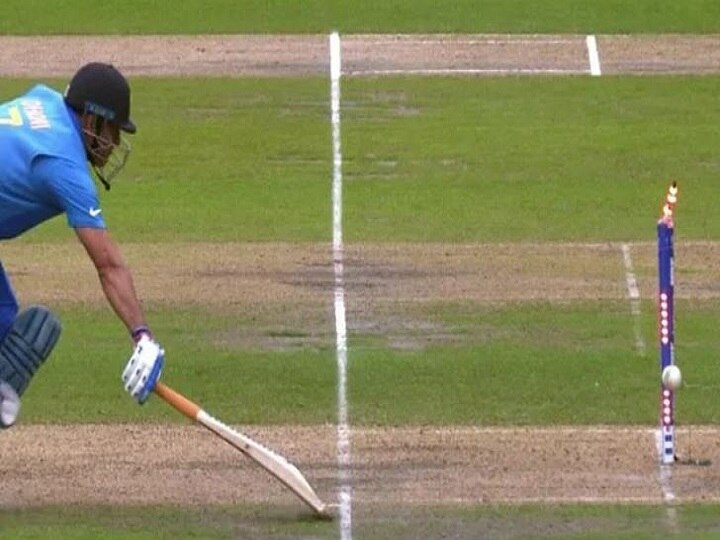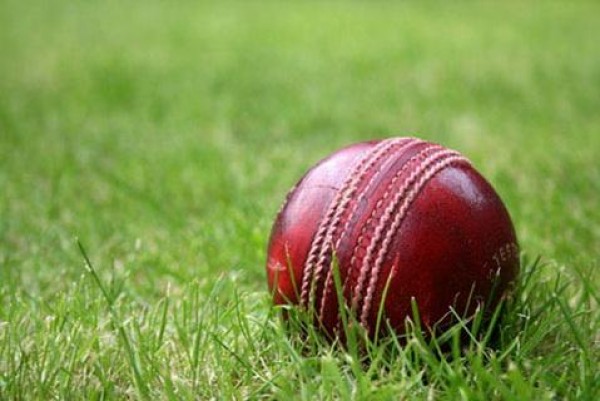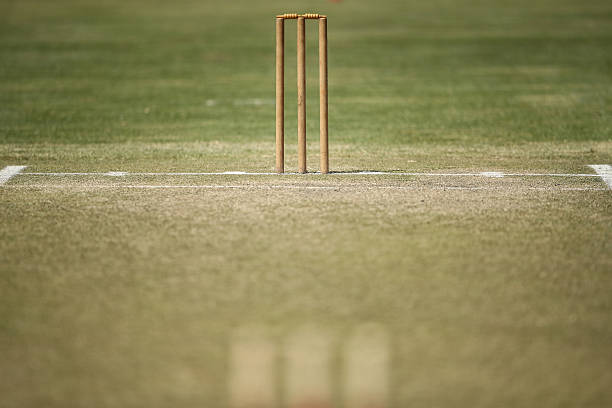In cricket, the delineation of specific areas on the pitch is crucial for maintaining fair play and ensuring accurate decision-making by umpires. This task involves marking four significant lines known as the bowling crease, popping crease, and two return creases at each end of the cricket pitch. Cricket meticulously defines these lines to uphold the integrity of the sport, as they are essential for determining a bowler’s delivery, a batsman’s position, and overall gameplay.
Let’s delve into these creases in greater detail, shedding light on their individual characteristics and importance within the game of cricket.
7.1 The Creases
Cricket’s fundamental playing area is marked by four vital lines: the bowling crease, the popping crease, and two return creases. These lines, all rendered in distinctive white, are situated at both ends of the cricket pitch. For a visual representation of these lines.
7.2 The Bowling Crease
The bowling crease, serving as the boundary line marking the extremity of the cricket pitch, plays a pivotal role in defining the playing surface. This line, which is synonymous with the back edge of the crease marking, distinctly designates the culmination of the pitch, as explicitly articulated in Law 6.1 (Area of pitch). Its precise length measures 8 feet 8 inches or 2.64 meters.
7.3 The Popping Crease
Adjacent to the bowling crease, the popping crease assumes a critical role in cricket. Positioned in front of the bowling crease, it runs parallel to it, maintaining a distance of 4 feet or 1.22 meters. Furthermore, the popping crease extends a minimum of 6 feet or 1.83 meters on either side of the imaginary line that connects the centers of the two middle stumps. It is imperative to note that the popping crease is virtually limitless in length, underscoring its significance in the game’s dynamics.
7.4 The Return Creases
Completing the quartet of essential lines, the return creases are located inside the crease markings. They are precisely 4 feet 4 inches or 1.32 meters from the popping crease, forming perfect right angles to it. Each return crease spans from the popping crease to a minimum of 8 feet or 2.44 meters behind it. Just like the popping crease, we consider the return creases to be unlimited in length, offering flexibility and precision for on-field actions.
In conclusion, these meticulously defined creases establish the foundational framework for the game of cricket. Consequently, they ensure that bowlers, batsmen, and fielders adhere to the rules and uphold the sport’s integrity. Moreover, each crease serves a unique purpose, further contributing to the strategic and tactical aspects of this beloved sport. Additionally, they play a crucial role in facilitating accurate decision-making by match officials.



